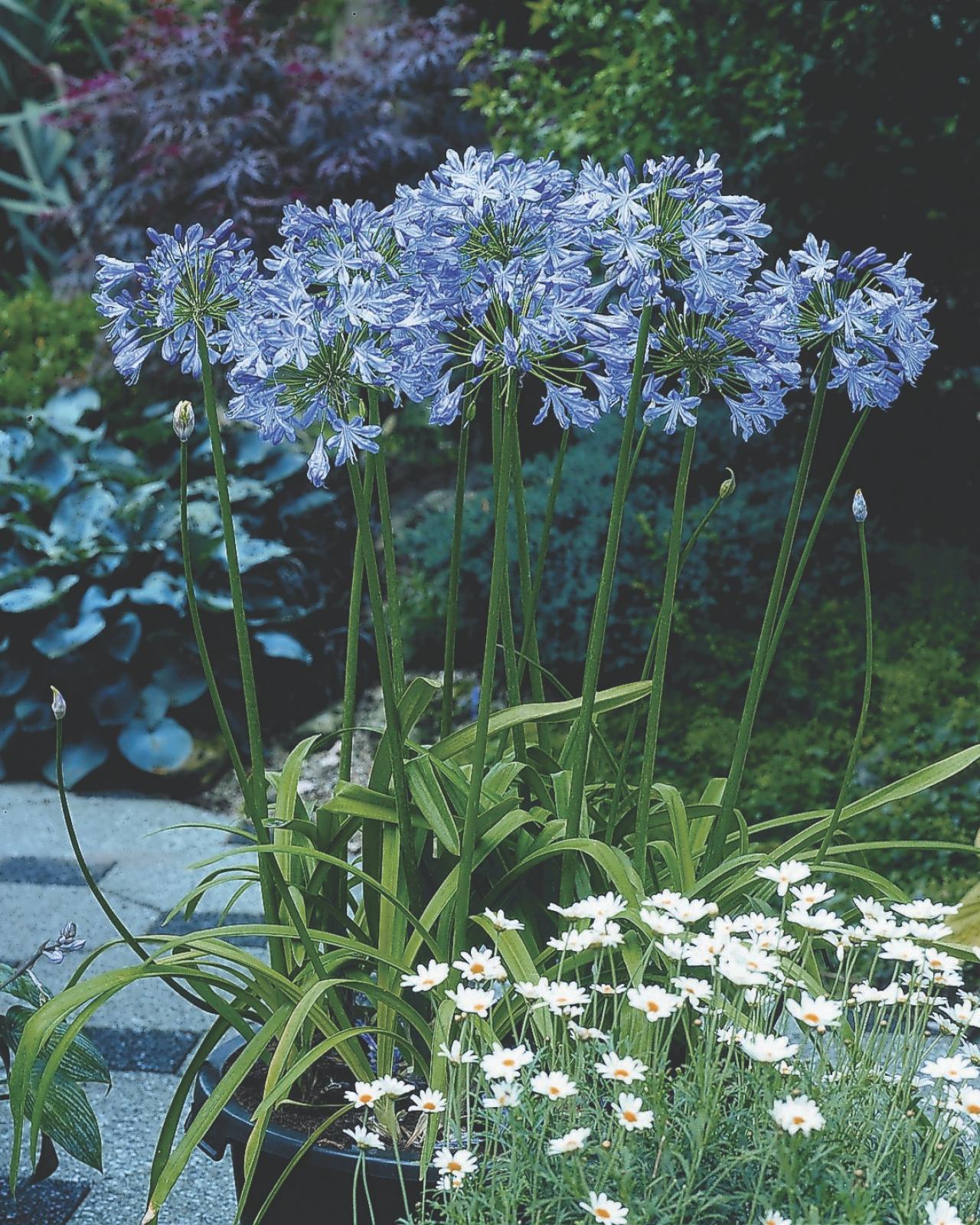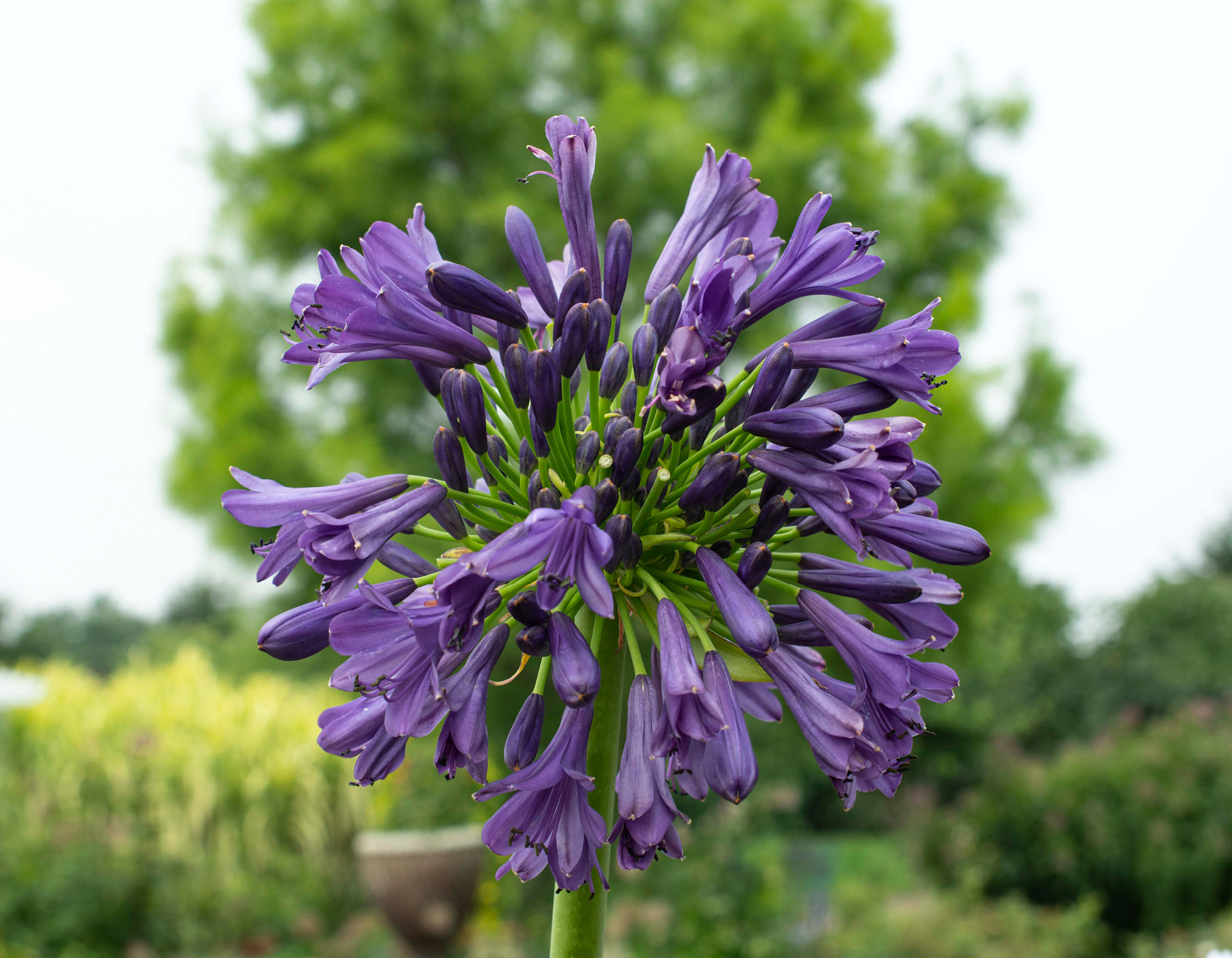Grasping the Art of Agapanthus Care: Necessary Actions for Healthy Growth and Vibrant Blossoms
In the world of horticulture, the cultivation of agapanthus stands as a fulfilling undertaking for those that seek to support these elegant blooming plants. From picking the right variety to grasping pruning strategies, the journey in the direction of growing thriving agapanthus plants is diverse and holds the essential to opening the full capacity of these herb treasures.

Choosing the Right Agapanthus Range

When picking the best Agapanthus variety for your yard, take into consideration variables such as environment viability, flower shade, and growth behavior. Agapanthus, commonly referred to as Lily of the Nile or African lily, comes in a range of shades ranging from tones of blue and purple to white. Pick a flower shade that matches your existing yard scheme to produce an unified landscape. Furthermore, think about the environment in your region to make certain the Agapanthus selection you pick can prosper in your details problems. Some varieties are a lot more forgiving of chilly temperatures, while others choose warmer climates. Understanding the development habit of various Agapanthus selections is crucial for correct positioning within your yard. Some ranges have a clumping development routine, suitable for borders or containers, while others have a more dispersing nature, ideal for ground cover or mass plantings. By meticulously reviewing these variables, you can choose the perfect Agapanthus selection to enhance the elegance of your garden.
Perfect Growing Problems
Taking into consideration the optimal environmental requirements is necessary for successful Agapanthus growing. Agapanthus plants are sensitive to cool temperatures and should be shielded from frost during winter months.
To guarantee healthy and balanced growth and vibrant flowers, plant Agapanthus light bulbs at a depth of regarding 2-4 inches and room them 8-12 inches apart. Adding organic issue, such as garden compost, to the dirt can enhance water drainage and fertility, promoting robust root advancement. Mulching around the base of the plants aids retain dampness and suppresses weed growth. Regular watering is critical, especially during the expanding period, to maintain the soil consistently moist yet not soaked.
Watering and Feeding Tips
Preserving correct dampness levels and supplying essential nutrients are crucial elements in the treatment regimen for Agapanthus plants. It is important to strike a balance when it comes to watering Agapanthus. If overwatered, these plants prefer regularly damp soil but are prone to root rot. During the expanding season, water deeply once a week, making sure the soil is well-draining to avoid waterlogging. In hotter climates or throughout durations of dry spell, more regular watering might be necessary to keep the soil equally wet. However, lower watering in the winter months to protect against water logged conditions.
Fertilizing Agapanthus is crucial for promoting healthy development and respected flowers. Use a balanced fertilizer, such as a 10-10-10 formula, in the early spring as brand-new development arises. Repeat this application every 6-8 weeks throughout the growing period. Avoid extreme fertilizing, as it can cause lavish foliage at the cost of blossoms. Constantly comply with the manufacturer's directions for appropriate dilution and application approaches. By following these watering and feeding tips, you can ensure your Agapanthus plants flourish and generate vivid, long-lasting blooms.
Pruning Techniques for Agapanthus
Trimming Agapanthus plants at the proper times and with correct techniques is important for keeping their wellness and advertising optimal growth and flowering. The optimal time to trim Agapanthus remains in late winter season or very early spring before new development emerges. Beginning by removing any dead or yellowing fallen leaves near the base of the plant. Cut them as close to the ground as possible without harming the arising shoots.
Deadheading invested blossoms can likewise redirect the plant's energy into creating more blossoms instead click site than establishing seeds. If you want to collect seeds for propagation, leave some blossoms to completely dry and mature on the plant.
Remember to make use of tidy, sharp tools to make precise cuts and reduce the danger of introducing diseases. Agapanthus. Regular trimming will certainly assist keep your Agapanthus looking neat and healthy and balanced while making certain a bountiful display screen of stunning blossoms
Dealing With Typical Insects and Diseases
After making certain correct trimming methods for Agapanthus, it is important to attend to usual pests and diseases that can impact the health and vitality of these plants. Agapanthus plants are usually sturdy however can still come down with particular problems. One usual bug that affects Agapanthus is the Agapanthus gall midge. This little, orange fly lays its eggs in the foliage, resulting in distorted development and flower buds that stop working to open. To combat this bug, trim and damage any type of damaged plant parts and think about using insecticidal soap.
An additional typical problem is fungal fallen leave spot, which offers as dark sores on the leaves. To avoid fungal diseases, guarantee good air flow around review the plants, prevent overhanging watering, and get rid of any infected fallen leaves immediately. In addition, Agapanthus plants can deal with origin rot if they are grown in badly draining pipes soil. To stop this, plant Agapanthus in well-draining soil and avoid overwatering. By being attentive and taking punctual activity versus parasites and diseases, you can help your Agapanthus plants thrive and create dynamic blossoms.

Conclusion
To conclude, grasping the art of agapanthus care involves choosing the ideal range, providing optimal planting read what he said conditions, proper watering and feeding, proper pruning methods, and addressing common bugs and diseases. By complying with these essential actions, you can guarantee healthy and balanced growth and lively flowers for your agapanthus plants. Keep in mind to on a regular basis keep track of and keep your plants to promote their general health and longevity.
To make certain healthy and balanced development and vibrant blossoms, plant Agapanthus bulbs at a deepness of concerning 2-4 inches and space them 8-12 inches apart. By adhering to these watering and fertilizing pointers, you can ensure your Agapanthus plants flourish and produce dynamic, long-lasting flowers.
One common bug that affects Agapanthus is the Agapanthus gall midge. Furthermore, Agapanthus plants can endure from root rot if they are planted in poorly draining soil. By following these vital steps, you can guarantee healthy and balanced growth and vivid blossoms for your agapanthus plants.